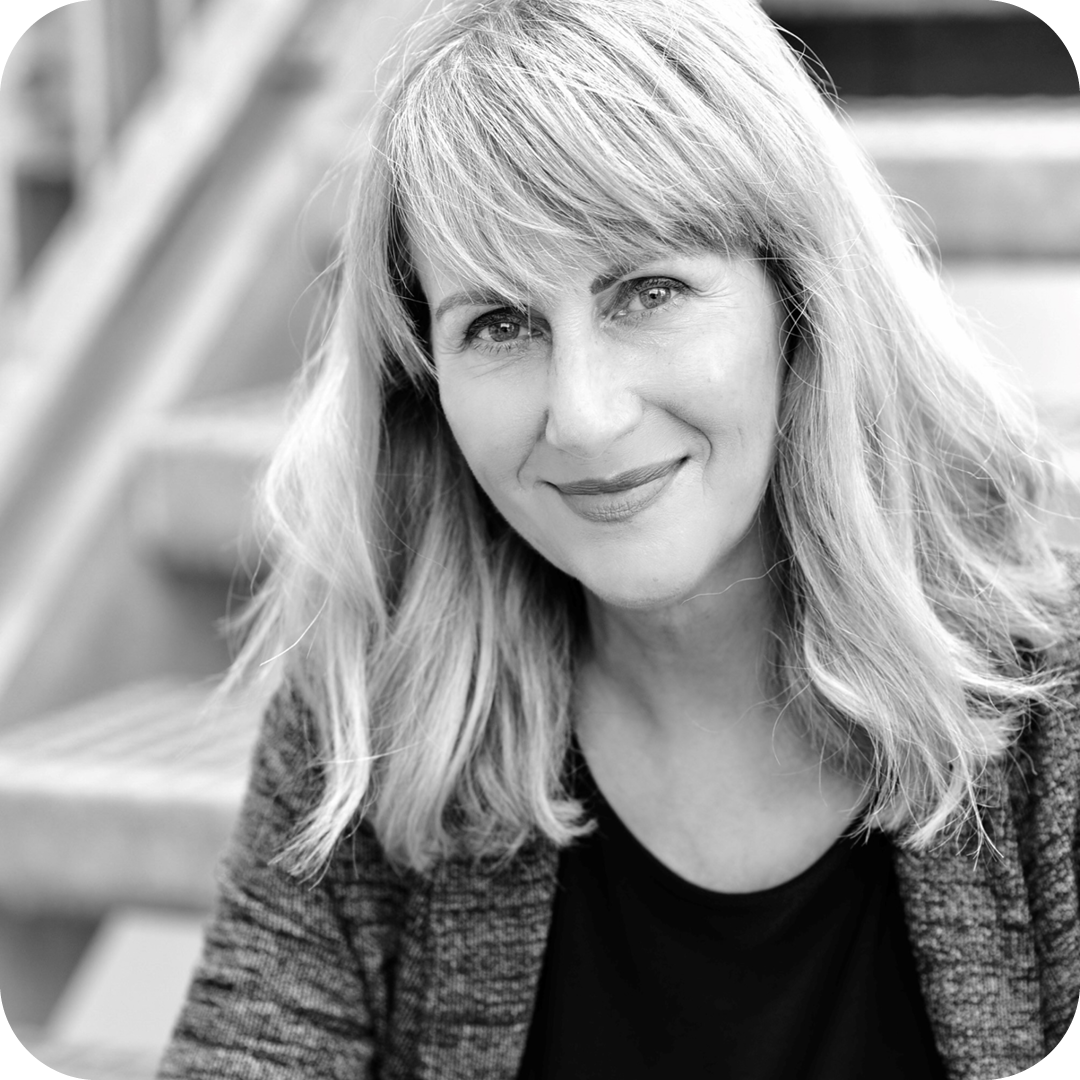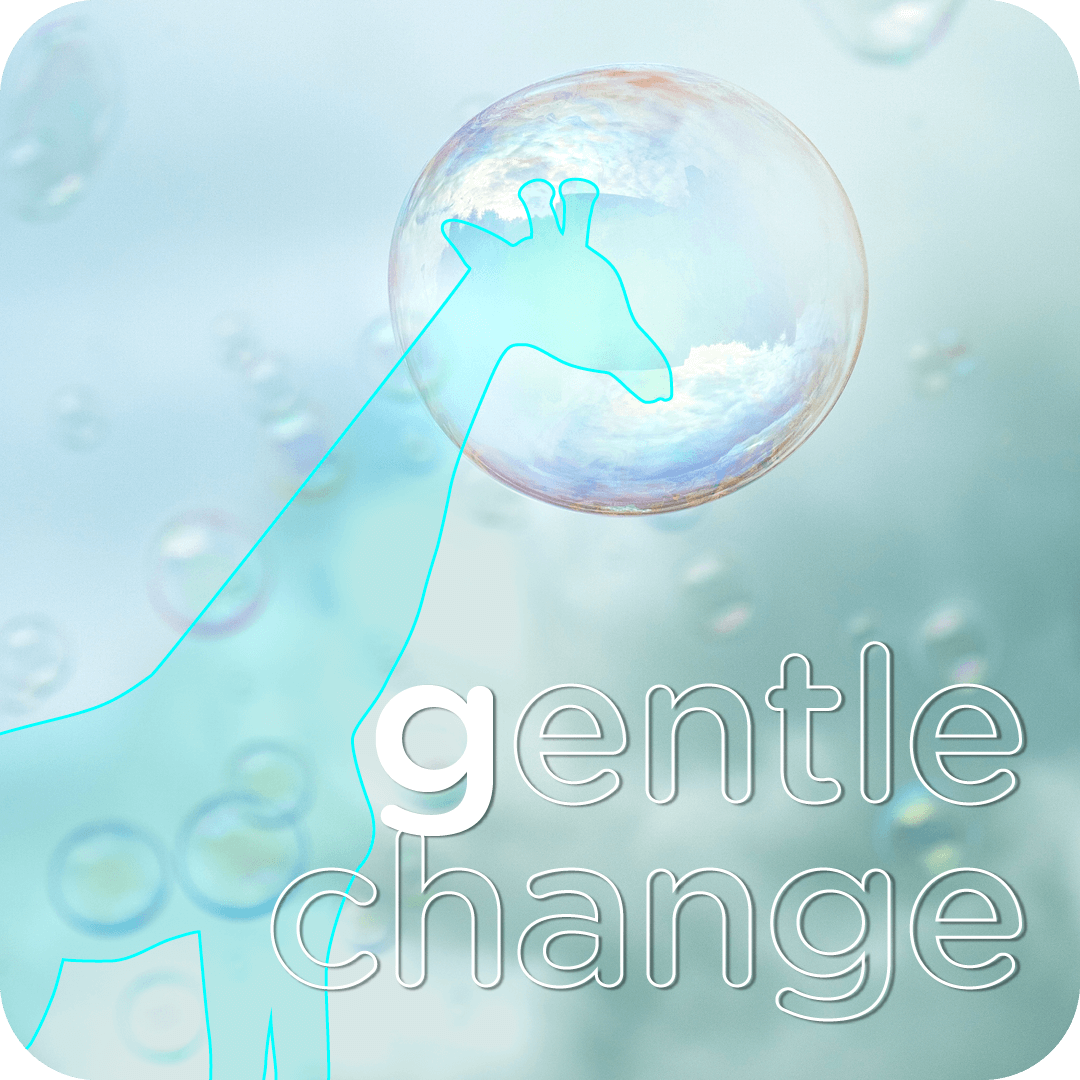
My inner attitude with which I live and work is strongly influenced by systemic axioms and the humanistic view of humanity of Heartfulness and the Nonviolent Communication of Marshall Rosenberg.
I believe that there is a positive intention underlying all human behavior, namely the fulfillment of a need or value. This does not mean that I endorse or approve of every behavior (i.e., every strategy to fulfill a need). At this level, I can signal disapproval and at the same time experience connection and connectedness at the level of needs, because these are universal, meaning we all have the same needs, perhaps not at the same time or intensity, but we know the need, and can gain understanding about it at a deeper level. Our feelings give us clues about whether a need is met or not met. Pleasant feelings indicate that needs are met, unpleasant feelings indicate that needs are not met.
Liv Larsson,
Human Connection at Work
I credit people with always making the best choice from what is available to them at that very moment. People have all the resources they need for change. And I am also firmly convinced that people fundamentally have the capacity for compassion. Nevertheless, there may be situations in which this is not immediately available. When something triggers us very strongly emotionally, when our “empathy-cup” is empty, it may take a moment of (first aid) self-empathy before we can feel empathy and compassion for others. And I believe that human beings like to give. Marshall Rosenberg even said that one of our deepest human needs – once physiological and safety needs are met – is to contribute to the well-being of others.
All of this, I would love to try to implement, and I regularly fail my own demands when I come into contact with my conditioning and my ego. Nevertheless, I consider it part of my life task and an inspiring potential for growth, to follow these ideals as closely and consistently as I can.

And in case you’ve been wondering the whole time what the giraffe is always doing here? The giraffe is my visual anchor, which gently and playfully reminds me again and again of a non-violent, i.e. observing, needs-oriented and heart-centered attitude and communication.
The inventor of this symbolism was Marshall Rosenberg, to whom I would also like to express my great appreciation and deep gratitude for his work by continuing this tradition.
And why did he choose a giraffe of all things at that time? The giraffe is the land animal with the biggest heart, and perhaps that is why it succeeds so well in being able to hear only feelings and needs. Everything else – evaluations, criticism, problem analyses – she simply cannot understand. Isn’t that great!
Sadly, she is in danger of extinction in both the real and figurative sense. And this is another good reason to promote her a bit here.
For 7 years I was a music teacher at a secondary high school in southern Germany with great passion and enthusiasm. I was allowed to initiate ‘Band in Class’ projects, conduct symphony and big band concerts, record CDs, organize rehearsal weeks with highly motivated students, and much more … I was in school music heaven and super happy with my dream job. For family reasons, I took a leave of absence in 2001 with mixed feelings to spend 2 years in New York – 9/11 included, but that’s another story … Besides my work as a saxophonist, I discovered my deep interest in psychology and adult education in New York. I completed various trainings, which I continued back in Germany, and thus built up a very fulfilling second professional pillar as a management trainer and coach.
But the time was gradually approaching to make a decision: return to the safe haven of being a civil servant or take the full risk of becoming self-employed? I did not know.
Or rather: I lacked the courage to follow my heart, which by now was clearly beating for management training. I had to re-examine it. So I started a second time as a teacher, this time at a Berlin elementary school. And I’ll be brief: I couldn’t match the success or the feeling of my first teaching job. Even the new knowledge I had acquired in the meantime did not allow for the harmonious and creative learning environment I so desired. Instead, after a short time, I began to do what I never wanted to do: Reward, punish, threaten, measure. I was totally frustrated, became more and more thin-skinned, and even music no longer brought me joy. The dramatic climax and conclusion was finally a fight in the classroom. After the initial shock had been overcome and it had been ensured that everyone was safe and unharmed, I suddenly found myself in a state that I had never experienced before.
A very deep inner peace together with the realization: Now it’s over! A thought and a feeling, completely unexcited and crystal clear, and absolutely coherent on all levels of my existence.
The rest, the termination of my civil service, was then pure processing. Without bitterness, without criticism of the system. It was simply no longer my way. I have known that from the bottom of my heart ever since.

Sylvie Elise Trentzsch
Tel +49 172 1337147
mail@set-up.training